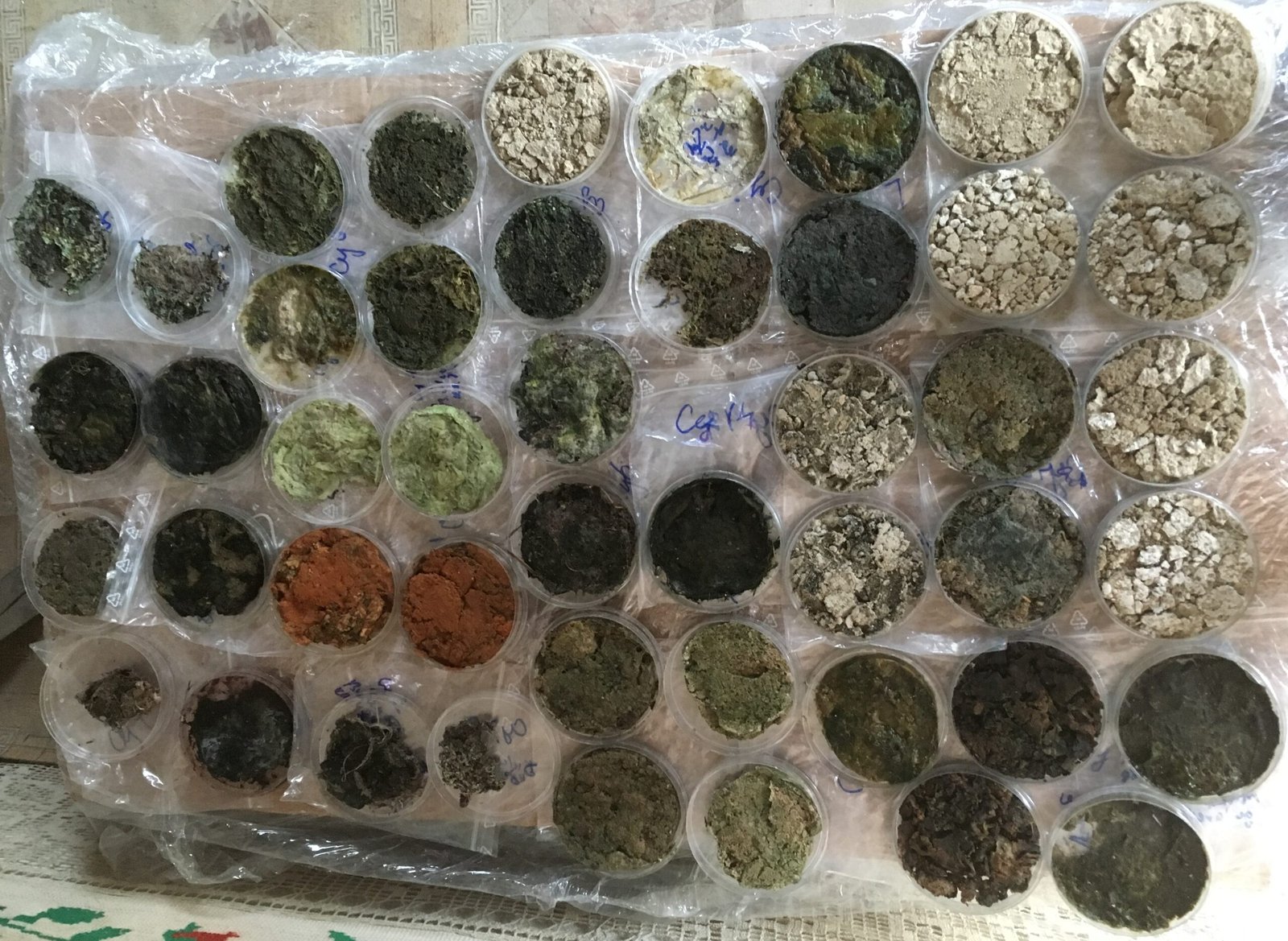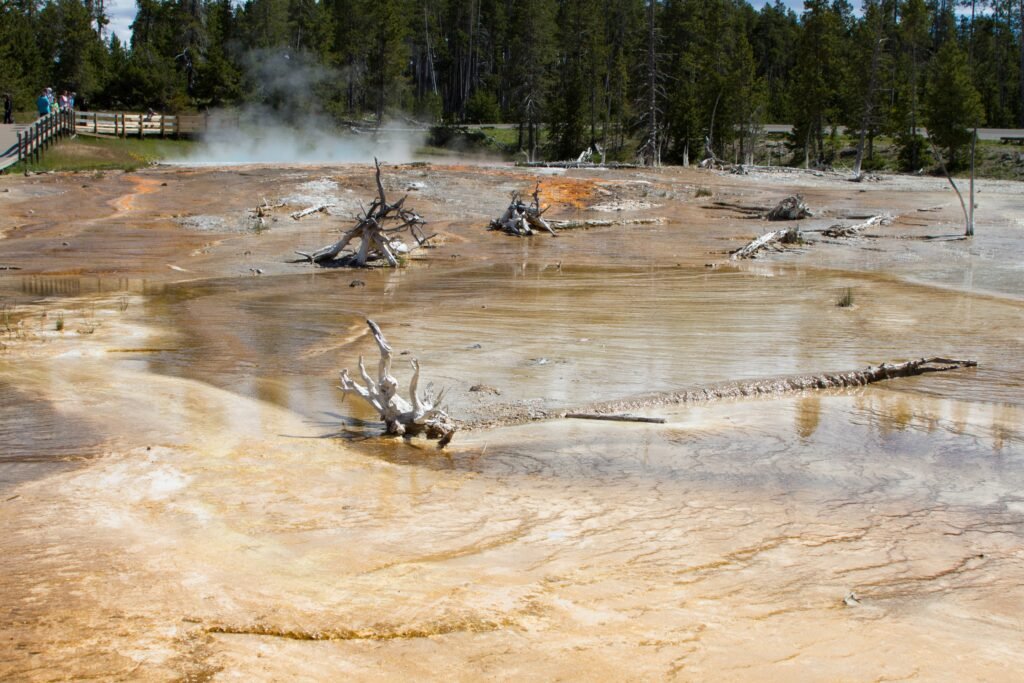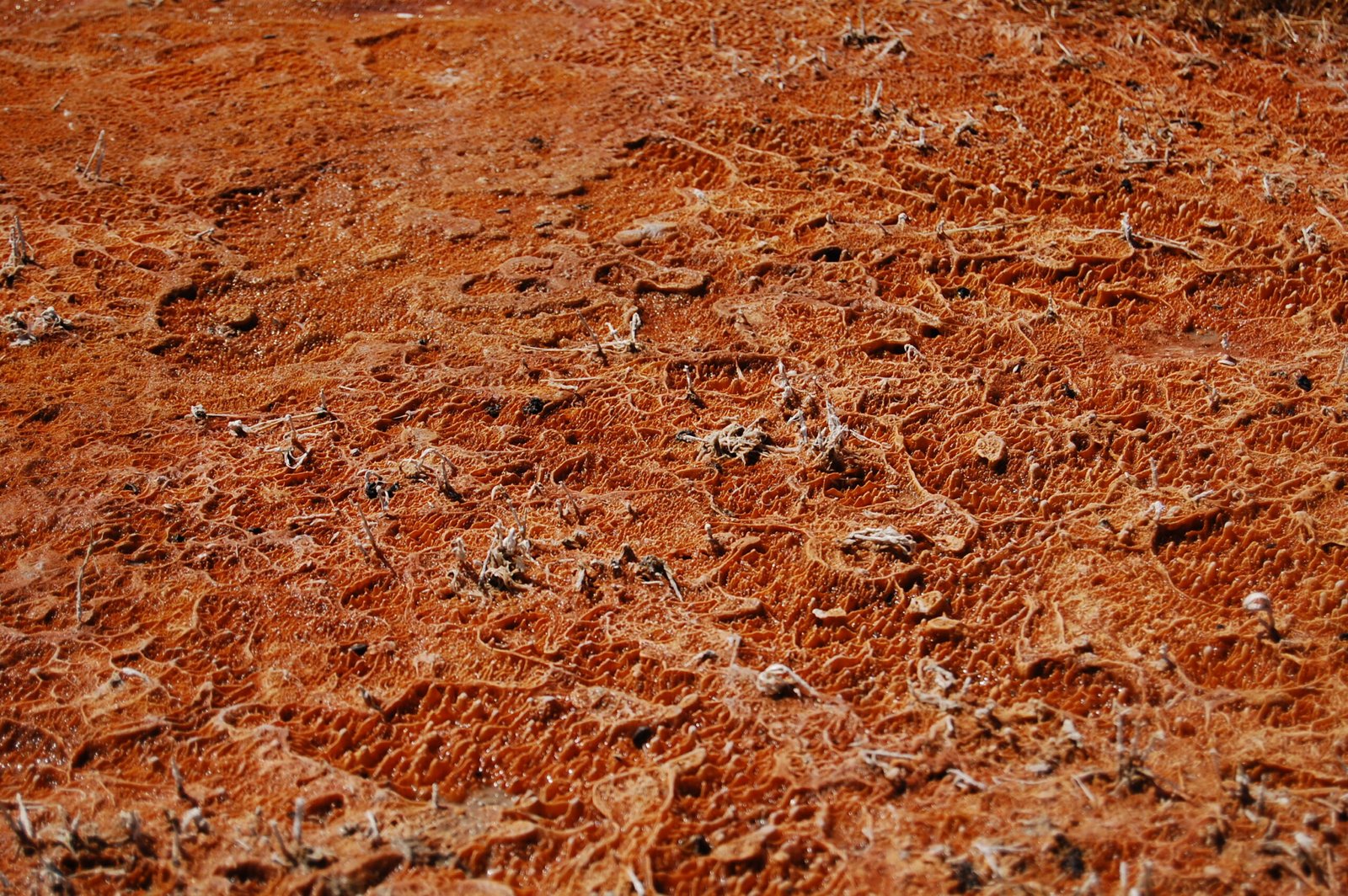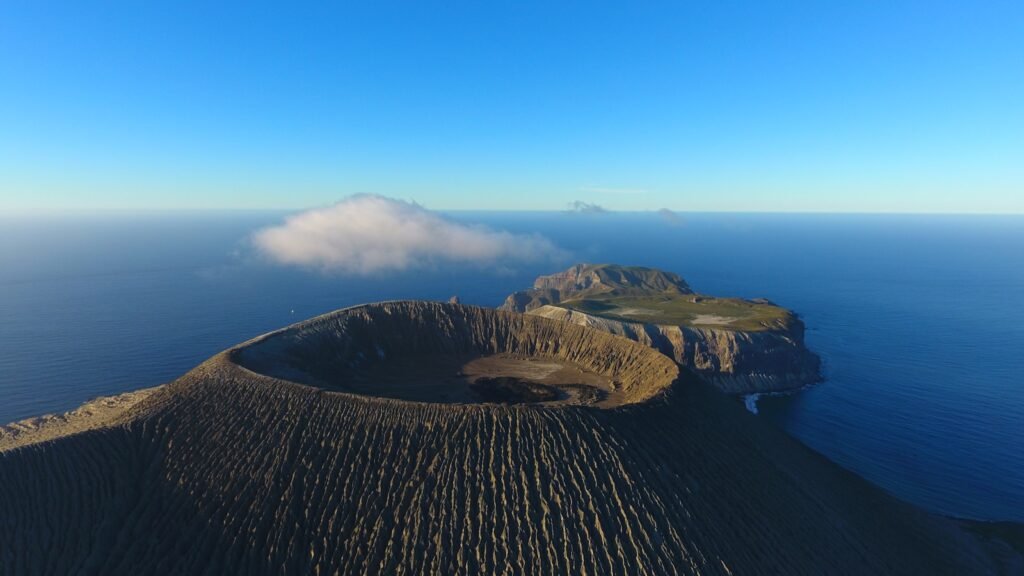Have you ever wondered what kind of life could possibly survive inside the bubbling, acidic, and scalding-hot waters of volcanic lakes? Imagine peering into a steaming crater lake, the air thick with sulfur, the water bright with strange colors, and realizing—life thrives here. The lakes of Mexico’s volcanic landscapes are not barren wastelands but teeming, otherworldly laboratories. In these so-called “lakes of fire,” extremophile bacteria turn hostile environments into homes, rewriting our understanding of what it means to be alive. Their existence is both shocking and inspiring, a testament to nature’s relentless creativity. Hold on tight as we journey into these alien worlds hidden in plain sight.
Mexico’s Volcanic Heartbeat: A Landscape Shaped by Fire

Mexico sits atop the Pacific Ring of Fire, a dramatic arc of volcanoes and seismic activity encircling the Pacific Ocean. This region is a geological artist’s canvas, painted with towering peaks, deep craters, and mysterious lakes. From the towering Popocatépetl to the enigmatic El Chichón, these volcanoes have shaped not just the land, but also the life that calls it home. The interplay of fire and water creates unique environments where only the boldest forms of life dare to exist. These volcanic lakes are not just rare; they are alive with energy, constantly shifting and challenging the organisms within. The ever-present threat of eruption and shifting chemical balances makes survival in these places an everyday miracle.
The Harsh Reality: Life at the Edge of Survival

The waters in these volcanic lakes are not your typical swimming holes. Temperatures can soar past boiling, and the water is often laced with sulfuric acid, heavy metals, and other toxins. Imagine a place where the air stings your nose, the rocks hiss with steam, and the water could dissolve your shoes. For most organisms, these are no-go zones. But for a select group—extremophile bacteria—these lakes are paradise. Their ability to not just survive but thrive in such punishing conditions boggles the mind and fires up the imagination. It’s as if nature decided to hold a survival contest, and these microscopic champions won.
What Are Extremophiles? Meet Nature’s Daredevils

Extremophiles are organisms that flourish in environments so harsh, they would kill most life forms. The term comes from Latin—“extreme lovers.” They are the daredevils of the microbial world, thriving in boiling acid, crushing pressure, or freezing cold. In Mexico’s volcanic lakes, extremophiles are mostly bacteria and archaea—tiny, single-celled organisms with big attitudes. They don’t just tolerate stress; they embrace it, evolving specialized proteins and cell walls that make them immune to toxins. These bacteria are living proof that life is far more adaptable than we ever imagined. They force us to rethink the boundaries of biology.
The Legend of Lake Alchichica: A Microbial Wonderland

Lake Alchichica, nestled in the highlands of Puebla, is a shimmering jewel surrounded by ancient volcanic craters. On first glance, it looks peaceful—but beneath the surface, it’s a chemical cauldron. Its waters are alkaline and rich in minerals, creating a playground for extremophile bacteria. Here, scientists have discovered microbial mats and stromatolites—living rock-like structures built by bacteria over thousands of years. These formations are not just beautiful; they are living relics, echoing Earth’s earliest life forms. The bacteria that build them are true survivors, thriving where little else can. Their resilience has turned Lake Alchichica into a hotspot for scientific discovery.
El Chichón’s Acidic Pools: Where Only the Tough Survive

El Chichón is infamous for its violent eruptions and deadly craters. But inside its acidic pools, something astonishing is happening. Despite pH levels that can rival battery acid, extremophile bacteria flourish here. These acid-lovers, called acidophiles, have evolved ways to pump out excess protons and repair acid-damaged proteins. Their survival strategies are nothing short of genius—biological hacks that let them feast on sulfur and metal compounds. These pools are toxic to almost all life, but for acidophilic bacteria, they’re a buffet. The existence of these microbes in such brutal conditions has sparked excitement about life’s possibilities on other planets.
Colorful Clues: The Surprising Beauty of Microbial Mats

Walk along the shores of a volcanic lake, and you might spot dazzling swirls of orange, green, and yellow clinging to rocks. These are not just mineral stains—they are living microbial mats. Each vibrant patch is a bustling community of bacteria, each color representing a different species with its own survival trick. Some harvest sunlight, while others “breathe” sulfur or iron. The kaleidoscopic display is more than just pretty; it’s a living record of adaptation. If you look closely, you’ll see that what appears to be alien art is actually the fingerprint of evolution, painted by the smallest hands imaginable.
Heat-Loving Heroes: Thermophilic Bacteria in Boiling Waters

Thermophiles are bacteria that love it hot—so hot that most other life would instantly perish. In Mexico’s volcanic lakes, temperatures can reach 80°C (176°F) or even higher. For thermophiles, this is the perfect spa day. Their proteins are folded in special ways to resist denaturation, and their cellular membranes are built to withstand heat that would melt human skin. These bacteria are not only fascinating but also incredibly useful. Enzymes from thermophiles have been harnessed for everything from PCR tests in genetics to industrial cleaning. It’s a reminder that sometimes, the solutions to our toughest problems are hiding in the hottest places.
Surviving the Acid Test: Acidophilic Adaptations

Acidophilic bacteria face a daily barrage of protons threatening to tear apart their cells. But they fight back with ingenious adaptations. Their cell membranes are fortified to resist acid penetration, and they produce pumps that quickly expel invading protons. Some even modify their internal chemistry, creating micro-environments within their cells that are far less acidic than their surroundings. Imagine living inside a constantly leaking submarine, always patching holes—these microbes do it every second of their lives. Their strategies not only keep them alive but also open new doors for biotechnology, including cleaning up toxic spills and mining metals.
Breathing Metal and Sulfur: Radical Metabolisms

In the absence of oxygen, many extremophiles turn to unusual “foods.” Instead of munching on sugars, they “breathe” metals and sulfur compounds dissolved in the lake water. Some bacteria use iron or manganese as electron acceptors, while others feast on hydrogen sulfide, the gas that gives volcanic lakes their rotten egg smell. These radical metabolisms allow them to thrive where oxygen is scarce or absent. The energy transformations they perform are so strange, they seem like science fiction. Yet, these processes are ancient, echoing life’s earliest days on a hostile, primordial Earth.
DNA Repair Masters: Living Amid Genetic Chaos

The chemical cocktail in volcanic lakes is a recipe for DNA disaster. Radiation, heat, and toxins constantly threaten to shred bacterial genomes. But extremophile bacteria are masters of repair. They possess enzymes that can quickly patch up DNA breaks, reverse chemical damage, and even swap out entire sections if needed. Some bacteria have evolved redundant genetic systems, like carrying backup copies of critical genes. It’s like having a mechanic built into every cell, ready to jump into action at the first sign of trouble. This relentless maintenance allows them to keep multiplying in places where genetic damage would doom most life.
Lessons from the Past: Stromatolites and Ancient Life

The stromatolites of Lake Alchichica are not just geological curiosities—they are living fossils. These layered structures are built by colonies of bacteria, much like their ancestors did billions of years ago. Stromatolites once dominated the early Earth, shaping its atmosphere and paving the way for complex life. Their presence in Mexico’s volcanic lakes is a direct link to our planet’s deep history. Studying them gives scientists a window into what life might have looked like before animals, plants, or even fungi existed. It’s a humbling reminder that bacteria were the original architects of our world.
The Astrobiology Connection: Clues for Life Beyond Earth

If life can thrive in Mexico’s volcanic lakes, could it exist on other planets? This question excites scientists and dreamers alike. The conditions in these lakes—heat, acid, and metal-rich waters—are similar to what we might find on Mars, Europa, or Enceladus. Extremophile bacteria are our best models for what alien life might look like. Every new discovery in Mexico’s lakes adds fuel to the search for extraterrestrial life. The idea that Earth’s most extreme residents could have cosmic cousins isn’t just science fiction—it’s a real scientific pursuit, driven by the resilience of these remarkable microbes.
Biotechnology Boon: Extremophiles in Industry

The unique abilities of extremophile bacteria aren’t just fascinating—they’re immensely useful. Enzymes from thermophiles and acidophiles have revolutionized industries from medicine to mining. For example, DNA polymerases from heat-loving bacteria make modern genetic testing possible. Other enzymes are used to break down industrial waste or extract metals from ore without toxic chemicals. The potential applications are staggering, and researchers are only scratching the surface. Every new extremophile discovered in Mexico’s lakes could hold the key to a breakthrough technology, turning volcanic adversity into human advantage.
Guardians of the Extreme: Conservation Concerns

These extraordinary microbes are not just scientific curiosities—they are living treasures. Sadly, volcanic lakes are under threat from pollution, climate change, and unsustainable tourism. Wastewater and chemicals can disrupt the delicate chemistry that extremophiles depend on. Once lost, these unique bacteria cannot be replaced. Protecting Mexico’s volcanic lakes is not just about saving scenery; it’s about preserving a library of genetic information and evolutionary innovation. Their survival holds lessons for the future of our planet and possibly for life elsewhere in the universe.
Human Curiosity: Scientists on the Front Lines

It takes a brave and curious mind to venture into the toxic mists and boiling waters of volcanic lakes. Mexican and international scientists suit up in protective gear, carrying strange-looking equipment, all for the sake of discovery. They collect water samples, scrape microbial mats, and analyze DNA in makeshift field labs. Their work is often grueling, sometimes dangerous, but always exhilarating. The thrill of uncovering new forms of life, of peering into evolution’s secret workshop, keeps them coming back year after year. As one researcher put it, “Every sample is a ticket to the unknown.”
Rewriting the Rules: What Extremophiles Teach Us About Life

Extremophile bacteria in Mexico’s volcanic lakes challenge everything we thought we knew about life. They show us that survival isn’t about comfort—it’s about ingenuity and adaptation. These microbes break the mold, proving that life’s boundaries are far wider than textbooks once claimed. Their existence forces us to ask deeper questions: What is life, really? Where might it exist beyond Earth? And, perhaps most importantly, how can we learn from the resilience coded into their very DNA? The lakes of fire are not just places of destruction—they are cradles of possibility, blazing with the promise of discovery.



